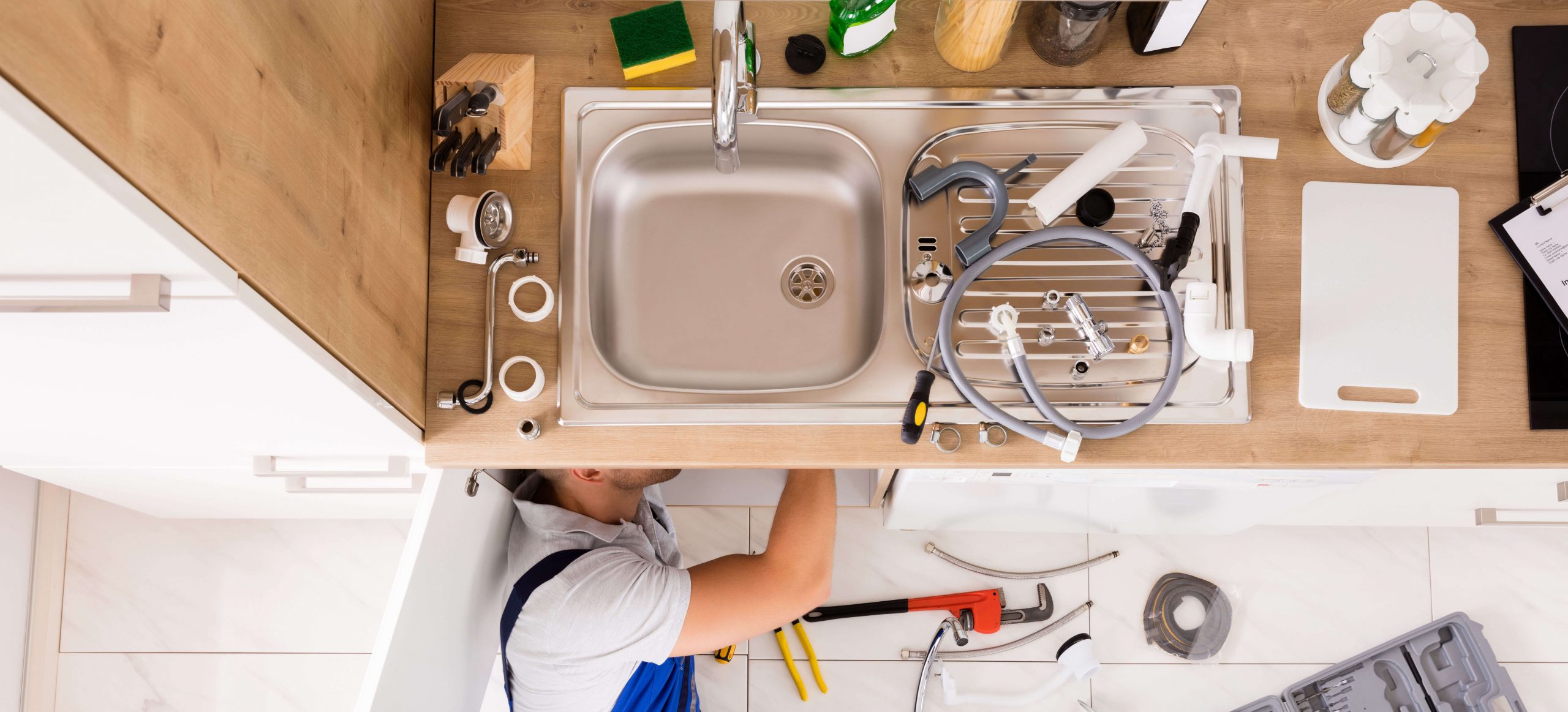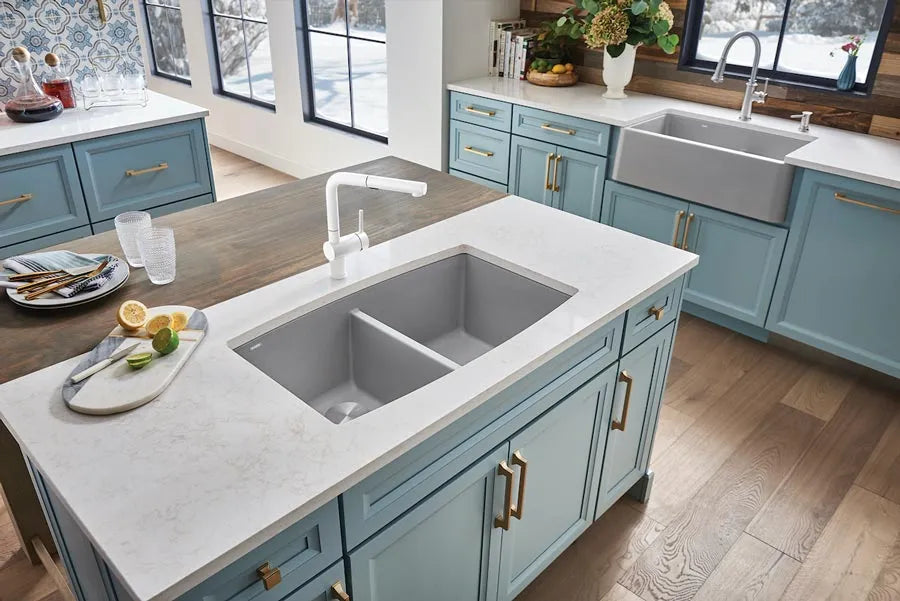
Sealant Sink: Your Comprehensive Guide to Effective Sink Maintenance
Introduction:
A well-maintained sink not only adds aesthetic appeal to your kitchen or bathroom but also enhances the overall functionality of your space. However, sinks are subjected to constant use and can be vulnerable to water damage, stains, and leaks. This is where sealant sinks come to the rescue! By sealing the gaps and crevices, sealant sinks provide an effective barrier against moisture, preventing potential damage and extending the life of your sink.
1. The Significance of Sealant Sinks
Sealant sinks are your secret weapon against the relentless assault of water, soap, and other substances that can gradually degrade your sink’s quality. The application of sealant acts as a protective shield, safeguarding your sink from the harsh effects of daily use.
2. Choosing the Right Sealant
When it comes to choosing the right sealant for your sink, it’s essential to opt for a high-quality, waterproof sealant that can effectively withstand moisture and temperature variations. Silicone-based sealants are a popular choice due to their durability and flexibility.
3. Proper Preparation
Before applying sealant to your sink, make sure to clean the surface thoroughly. Remove any dirt, grime, or old sealant residues to ensure proper adhesion. A clean surface will allow the new sealant to bond effectively, enhancing its longevity.
4. Applying the Sealant
Apply the sealant evenly along the edges and seams of your sink. Use a caulking gun for precise application. Ensure that the sealant forms a continuous barrier without any gaps. Smooth out the sealant using a tool or your finger for a neat finish.
5. Preventing Leaks
One of the primary purposes of a sealant sink is to prevent leaks. Regularly inspect the sealant for any signs of cracking or deterioration. Address any issues promptly to avoid water seepage that could lead to more significant problems down the line.
6. Maintaining a Clean Sink
Sealant sinks not only provide functional benefits but also contribute to a cleaner and more hygienic sink. The sealed gaps prevent water and debris from accumulating, making it easier to clean and maintain your sink’s pristine appearance.
7. Maximizing Longevity
To maximize the lifespan of your sealant sink, avoid using abrasive cleaners that can damage the sealant. Instead, opt for mild, non-abrasive cleaning agents and soft cloths to clean the sink gently.

8. Addressing Common Issues
Over time, even the best sealant sinks might encounter issues such as minor cracks or discoloration. In such cases, it’s wise to reapply sealant to restore its protective properties and maintain the sink’s integrity.
9. Sealant Sink vs. Regular Sink
Comparing a sealant sink to a regular sink highlights the undeniable advantages of using sealant. Sealant sinks offer superior protection against leaks and water damage, making them a worthwhile investment for anyone seeking a long-lasting and resilient sink.
10. Frequently Asked Questions (FAQs)
How often should I reapply sealant to my sink?
Regular inspection is key. If you notice cracks or signs of wear, it’s advisable to reapply sealant. Generally, every 1-2 years should suffice.
Can I apply sealant myself, or should I hire a professional?
Sealant application is a DIY-friendly task. However, if you’re unsure or dealing with a complex issue, seeking professional assistance is recommended.
Are there specific sealants for different sink materials?
Yes, different sink materials may require specific types of sealants. Consult the manufacturer’s recommendations or seek expert advice.
Can I use regular caulk instead of sealant?
While regular caulk can serve as a temporary solution, it’s not as effective as specialized sealants in the long run.
Can sealant sinks be used in bathrooms as well?
Absolutely! Sealant sinks are suitable for both kitchens and bathrooms, offering protection against moisture in either setting.
Is sealant application time-consuming?
Applying sealant is a relatively quick process. The preparation and cleaning might take more time than the actual application.
Conclusion:
Sealant sinks are undoubtedly a game-changer when it comes to maintaining the quality and functionality of your sink. By applying these expert tips, you can ensure that your sink remains leak-free, clean, and visually appealing for years to come. Embrace the power of sealant sinks and say goodbye to pesky leaks and wear and tear!
